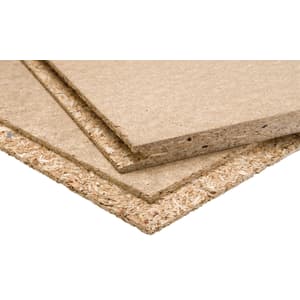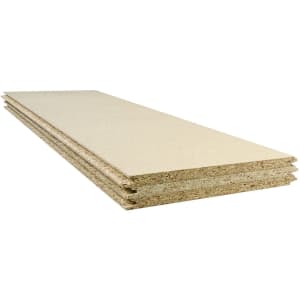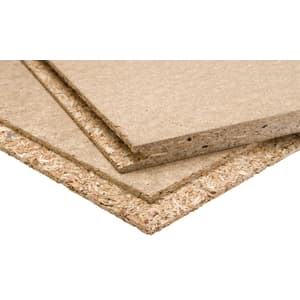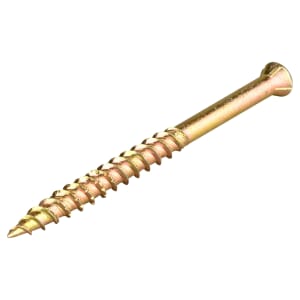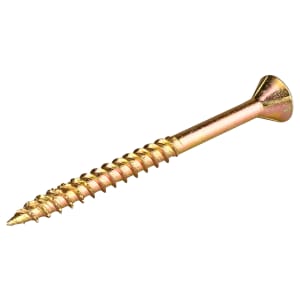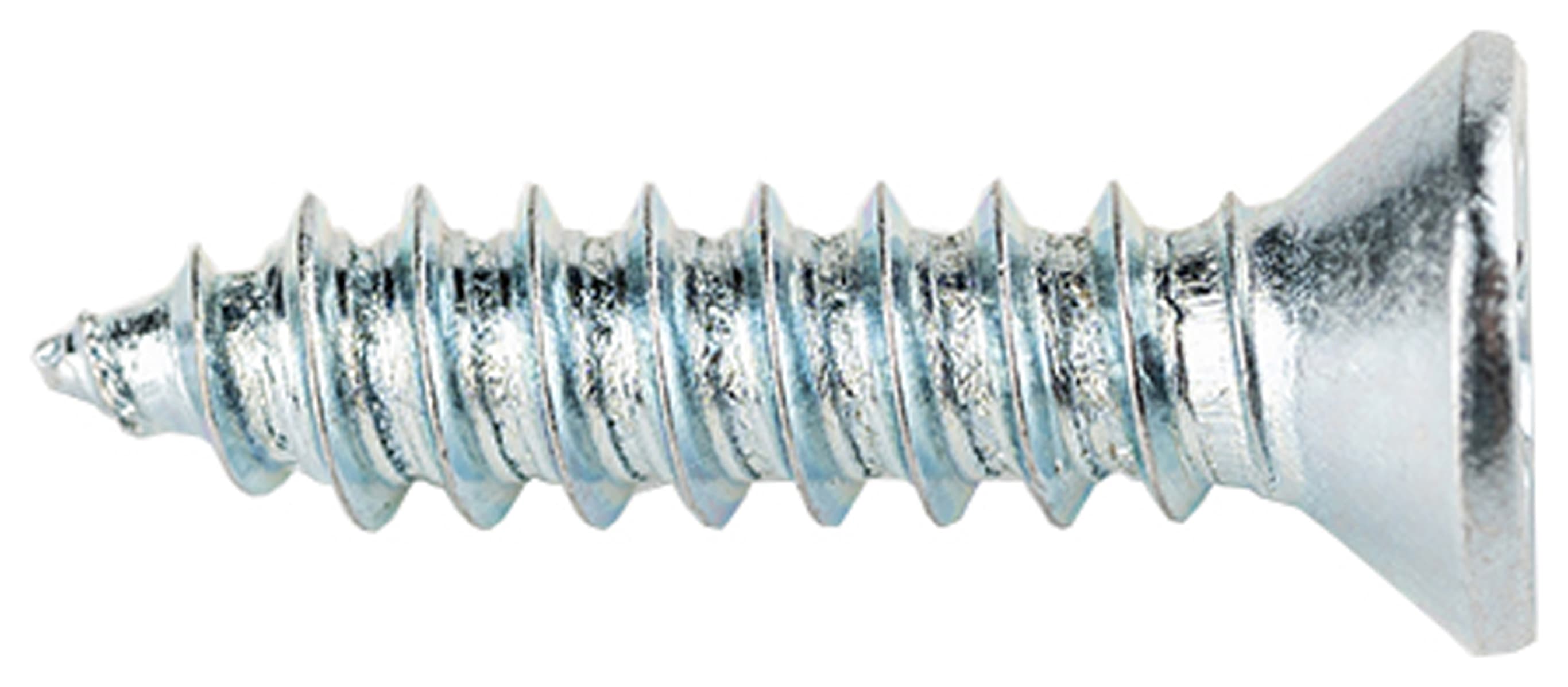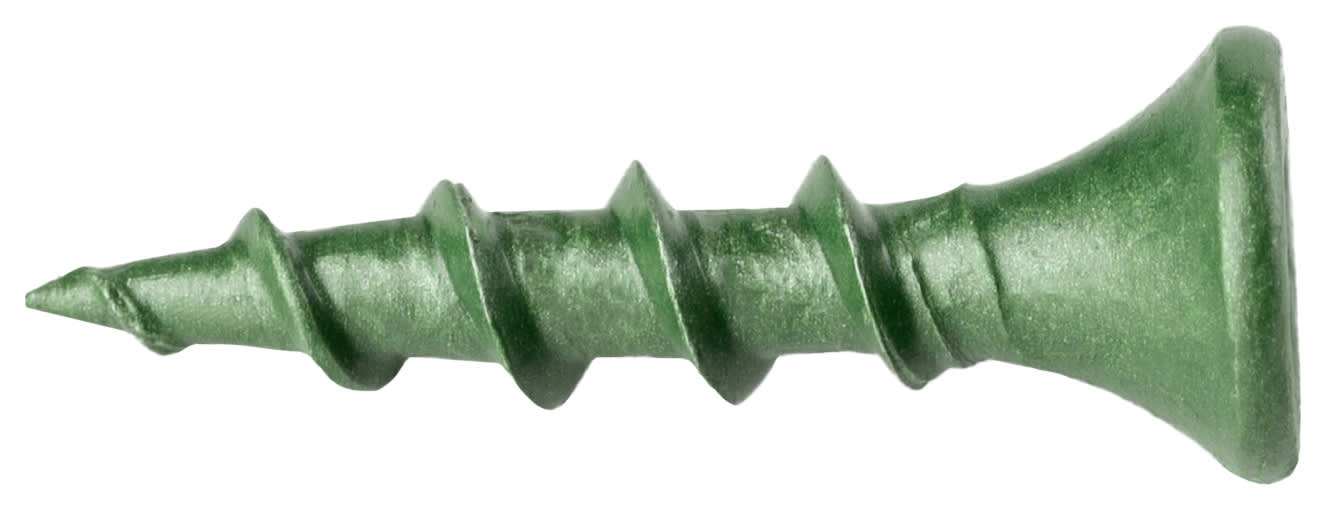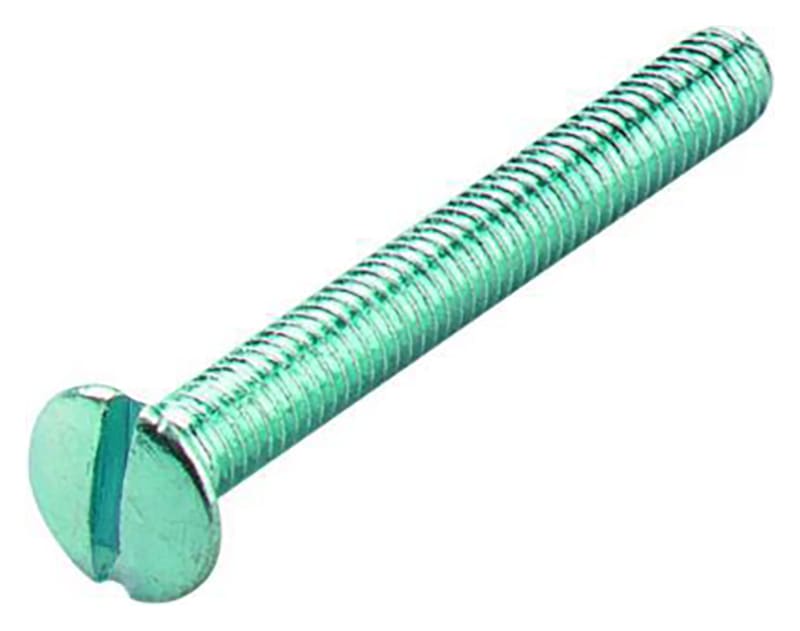Chipboard Flooring
Chipboard for floors is a naturally aesthetically pleasing solution for those building or transforming a space such as a shed or garage. With its moisture resistance, easy-to-install nature and high-density, this is a vastly popular choice amongst DIY’ers and commercial projects. Once fitted, surfaces are immediately stable and robust, making it a top choice in loft spaces which need a sturdy floor base.
Frequently Asked Questions
From tongue and groove chipboard to loft flooring, our range of chipboard sheets act as the ideal moisture-resistant flooring solution for residential and commercial purposes. Its popularity stems from the versatile and high-quality material used to produce each board, offering immediate stability and strength to withstand heavy loads.
The tongue & groove design, often referred to as T&G, provides further longevity and ease of installation. The design creates a seamless lock between each board, therefore allowing you to closely fit them against any floor surface.
If you’re wanting to build a shed for the first time and need some extra information to get the job done right, we have a thorough guide on how to build a shed.
FAQs
What is chipboard?
Chipboard, sometimes known as particleboard, is a popular composite material made from wood elements and adhesive, most often formed in panels or sheets. It’s widely known for its versatile and cost-effective nature, making it commonly used in a number of DIY projects and furniture making. It's also a strong, stable and water-resistant material that’s easily customisable to suit a range of purposes.
How long does a chipboard floor last?
How long your chipboard lasts will depend on factors such as usage, maintenance and environmental conditions. In most cases, a well-installed and maintained chipboard floor can last between 10 and 20 years or more. To maximise the longevity of your chipboard flooring, we recommend reinforcing any areas that withstand a lot of foot traffic or heavy loads and repairing any damaged areas such as those as a result of water.
Does it matter which way up chipboard flooring goes?
Yes. It’s recommended that you install chipboard flooring with the smooth side facing up and the rougher side facing down. Why? You are given a much smoother surface, reducing the risk of unevenness or damage to the surface over time. What’s more, you will enhance its structural integrity.
